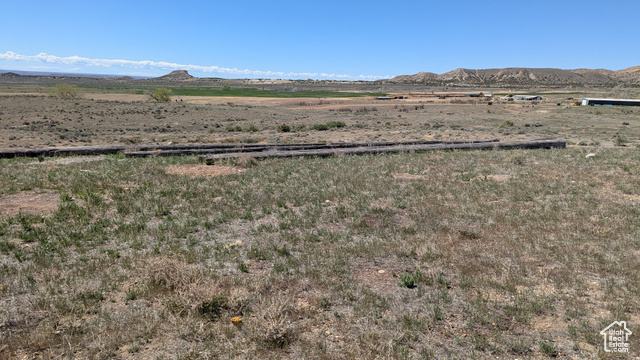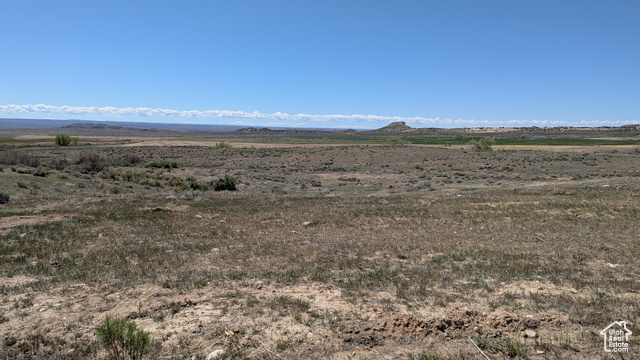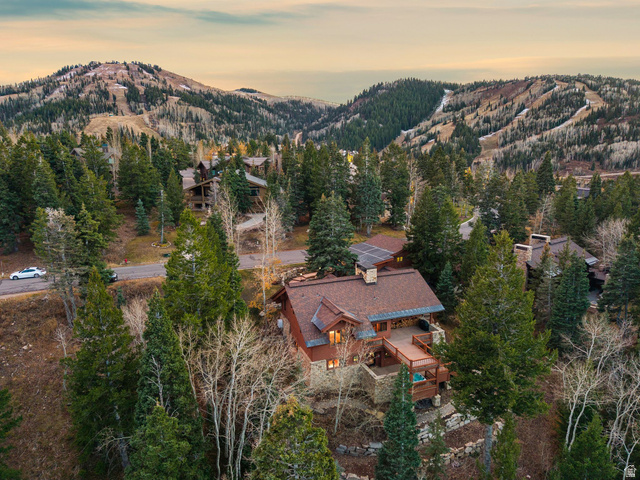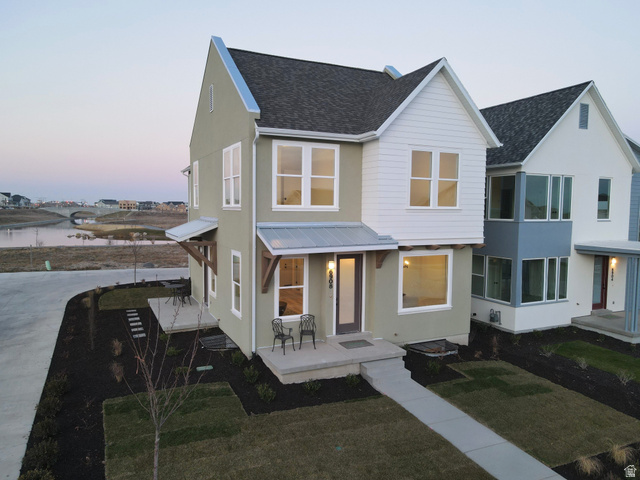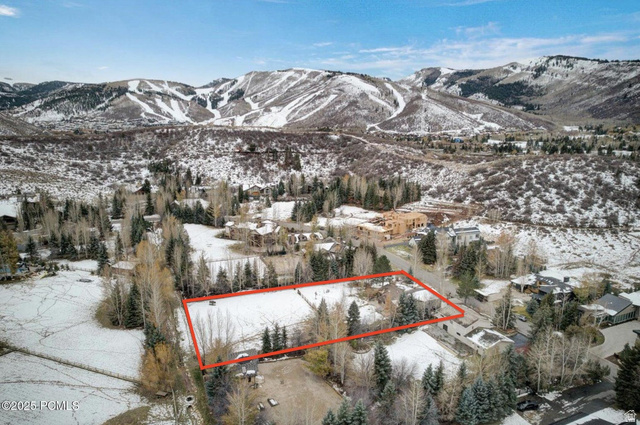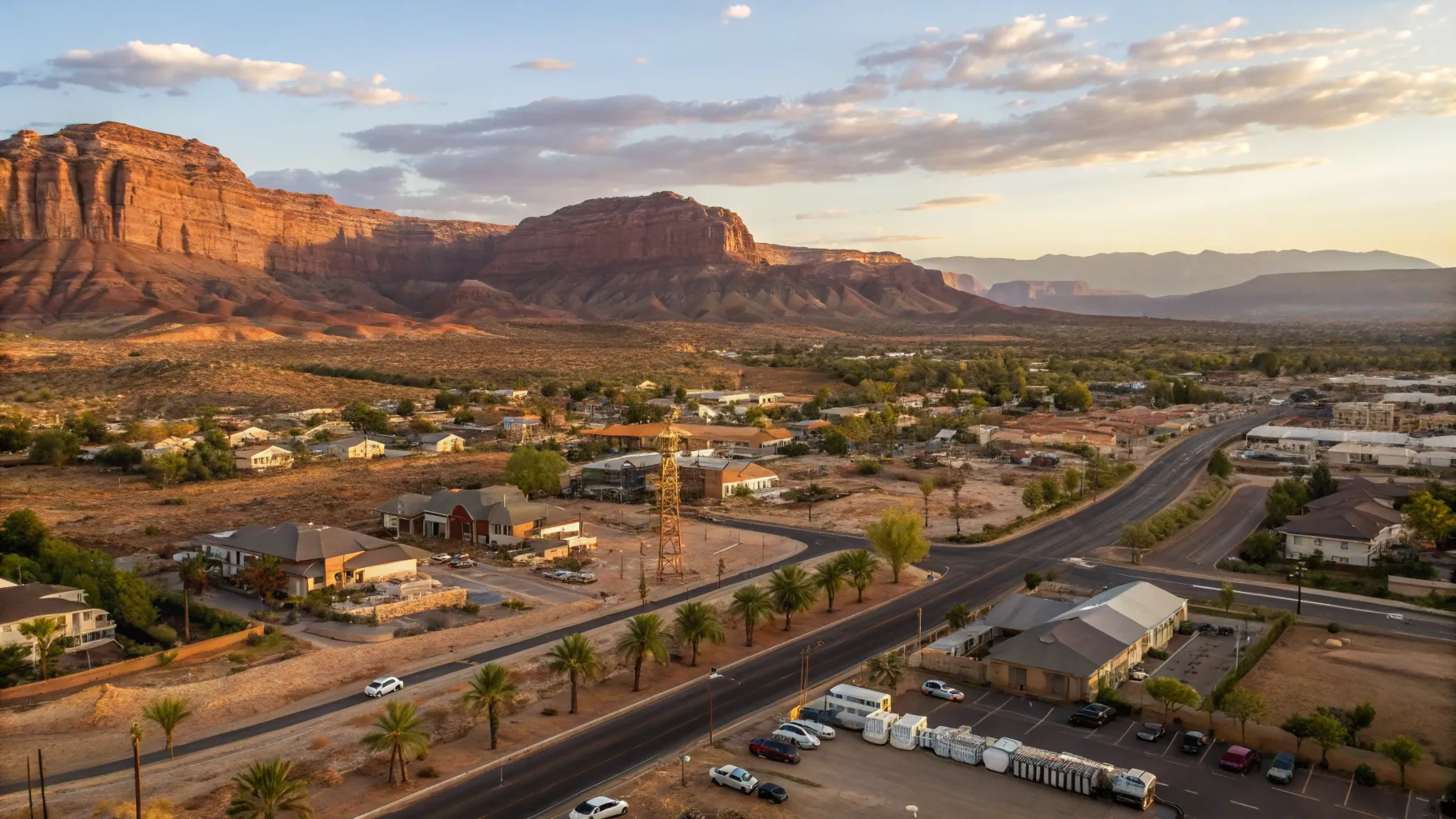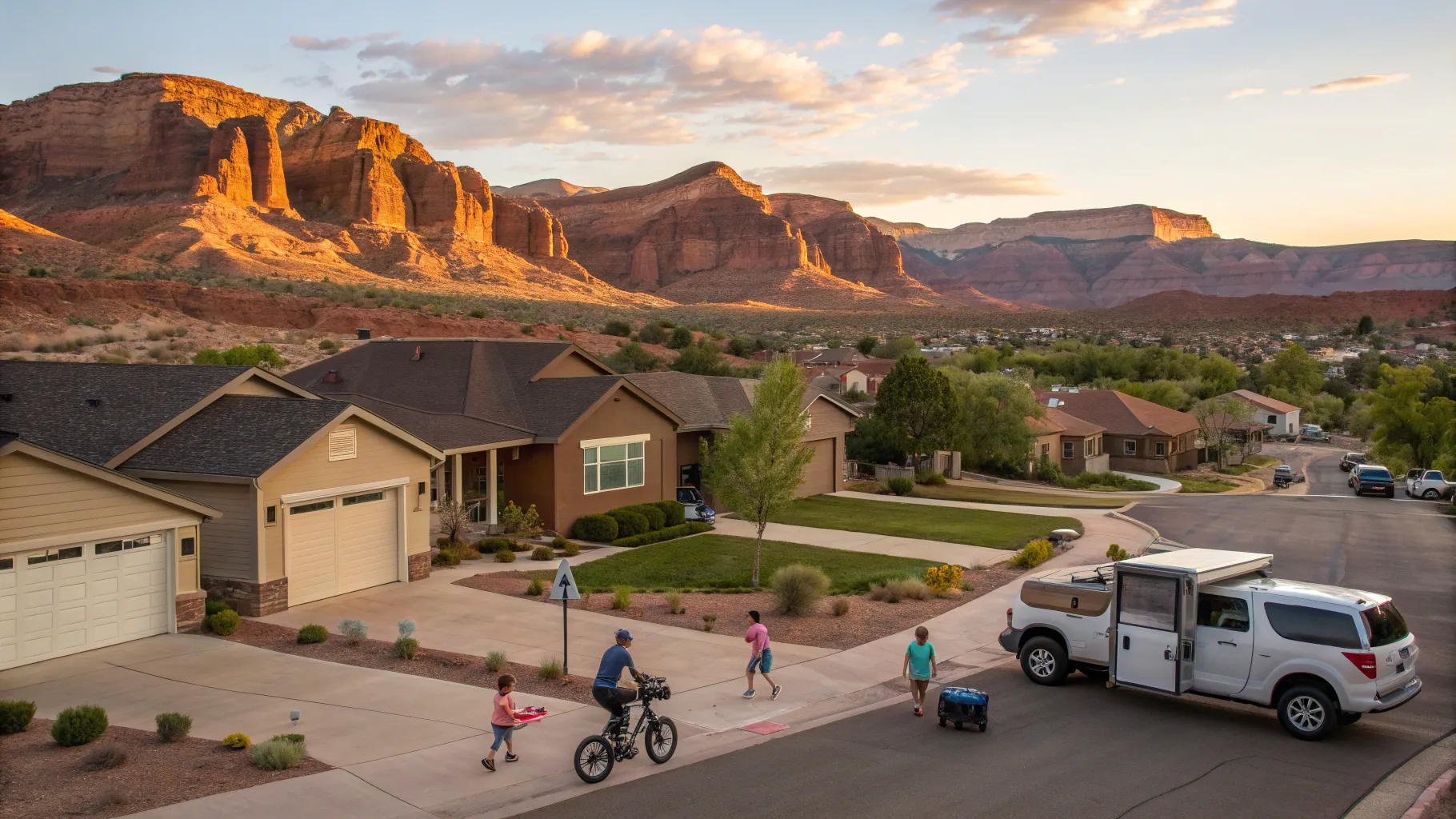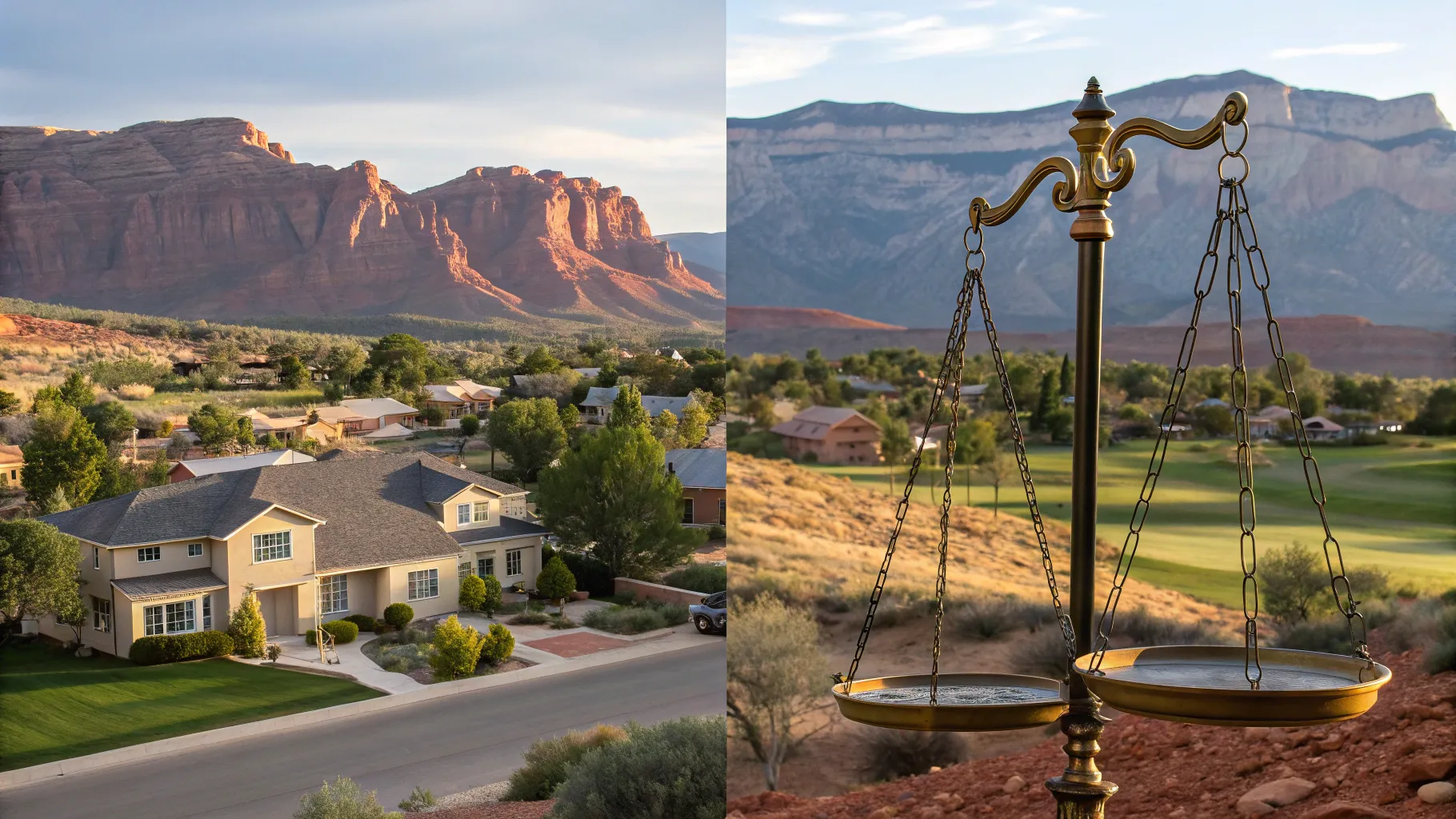Why is St. George booming? Learn how a 64% home-price surge, 90% water usage, infrastructure strain and the Tech Ridge project are shaping the city's future.

Introduction: Retirement by lifestyle, not by house
Planning a retirement move to St. George requires more than finding a pretty house. The most common and costly mistake is starting with specific floor plans instead of a clear picture of daily life. A lifestyle-first approach aligns budget, hobbies, healthcare access, and seasonal habits with the neighborhood and property features that matter most. This guide lays out five major decisions that influence cost and satisfaction, explains where different retirement lifestyles cluster around St. George, and highlights hidden trade-offs that often surface after purchase.
Five major decisions that shape a successful move
Decisions made early in the process determine both short-term comfort and long-term expenses. These five areas tend to be the most consequential for retirees relocating to St. George.
- Neighborhood and lifestyle match — choose a community that supports the typical day: golf, pickleball, trail access, off-roading, or quiet privacy.
- Garage and toy storage needs — many retirees bring boats, RVs, or UTVs. Confirm garage door height, overnight parking rules, and side-yard allowances before committing.
- HOA rules and CC&Rs — these can impose hidden restrictions and recurring costs. Covenants can affect overnight parking, exterior finishes, and rental rights.
- New construction versus resale — weigh builder incentives and customization against move-in speed and the finishing costs resale often includes.
- Timing and seasonality — St. George summers are hot. Decisions about orientation, shade, pools, and travel cadence matter for comfort and utility bills.
Match a lifestyle to the right neighborhood
Retirement choices fall into distinct lifestyle buckets. Each one pairs naturally with specific communities in and around St. George.
- Active 55-plus community with social programming — Residents seeking clubhouse events, organized activities, and built-in social life tend toward Sun River and Firelight. These communities combine amenities with a cultural rhythm that simplifies finding peers and friends.
- Upscale gated luxury without age restriction — Buyers who want premium finishes, dramatic views, and privacy often prefer Stonecliff, The Ledges, and Entrada. These neighborhoods deliver higher price points for elevated finishes and panorama-driven value.
- Toy and workshop focus — Properties that accommodate large garages, RVs, and hobby workshops are more common in Dixie Springs, Pecan Valley, Oak Haven, and Anasazi Vista. These areas have inventory geared toward hobbyists and collectors.
- Scenic, quiet living outside age-restricted nodes — Ivins and the Green Springs area of Washington offer serenity and proximity to trails while keeping residents close to St. George services.
Most retirees land in budgets ranging from roughly $500,000 up to $2.5 million plus. The determinants are views, community amenities, and garage or hobby-space requirements. Aligning priorities—amenities versus views versus toy storage—keeps the budget realistic and avoids compromises that disappoint after move-in.
New construction or resale: choose based on time, customization and cost
Two clear paths lead to a home purchase: build new or buy resale. Each path answers different priorities.
- New construction advantages — Builder incentives and warranties can reduce near-term maintenance worries. New builds allow precise customization, which is vital when an exact RV garage height or a specialized workshop layout is required.
- Resale advantages — Pre-owned homes often allow faster occupancy and can include finishing elements—landscaping, window treatments, appliances—that add up quickly when building new. Resale can also reveal which upgrades hold value locally and which do not.
Decide the path based on timeline and tolerance for finishing details. Some retirees move from first inquiry to keys in a fortnight; others plan a 12-month transition to align home sale schedules, care needs, or seasonal travel.
Summer strategies and the built environment
St. George summers run hot from late May through late September. Mitigating the desert heat is a practical concern affecting comfort, energy costs, and daily routine. Several simple design and lifestyle choices reduce heat exposure and keep living pleasant:
- Prioritize north-south oriented lots for cooler afternoon exposures and more stable solar gain.
- Seek mature shade trees and covered patios or plan for investment in durable shade structures.
- Consider a private pool or community pool access for cooling and social activity.
- Install sunscreens or consider window treatments and insulation that attenuate heat.
On property tours, mapping where afternoon sun hits and where prevailing breezes land can save hundreds or thousands on utility bills and landscaping over the years. Orientation and microclimate decisions are often missed during short visits but matter over decades of retirement.
Healthcare proximity and airport access
Healthcare certainty and flight convenience are integral to retirement planning. St. George supports regional medical infrastructure. Intermountain Healthcare offers regional hospital services with specialty care, and an expanded hospital campus for the region is planned in Hurricane with construction timelines aimed at increased capacity and services.
For retirees splitting time with family, the St. George Regional Airport (SGU) provides uncomplicated travel in and out of the region. For more flight choices, reliable shuttle and scheduled connections to Las Vegas (LAS) offer an alternative for longer hops. Neighborhood choice factors in here: Green Springs and parts of Washington are convenient for quick airport access, while elevated neighborhoods such as The Ledges or Entrada add an extra 10 minutes for significantly improved views and privacy.
The hidden trade-offs: what a 20-minute tour won’t reveal
Short visits surface curb appeal and finishes, but several factors are invisible without research or a careful due-diligence walkthrough. These include:
- HOA and CC&R restrictions — Overnight parking, exterior alterations, rental rules, and gate access can limit how a property is used and impose recurring costs.
- Sun angles and orientation — Afternoon heat loads on west-facing patios or garages that force increased cooling demands.
- Noise exposures — Proximity to the airport, busy roadways, and nearby commercial nodes that may produce daytime or evening noise.
- Garage door and overhead clearances — RVs and rigs require specific door heights and turning radii; an inch here or there can mean paying for off-site storage forever.
Detailed document review and property measurement prevent lifestyle compromises masquerading as good deals. Reading HOA files and verifying physical measurements during the due diligence period saves thousands and preserves day-to-day convenience.
Anonymized scenario: how a single sentence changed the outcome
An anonymized case illustrates the stakes. A couple moving from Oregon found a house marketed as "RV ready." That label concealed two fatal constraints. Covenants prohibited overnight parking within the neighborhood, and the garage door was exactly one inch shorter than the AC unit on top of their RV. The result would have been regular off-site storage fees and daily inconvenience. Pivoting to Pecan Valley in Hurricane yielded a comparable purchase price, a 14-foot RV door clearance, flexible overnight parking rules, and successful negotiation of an $18,500 credit applied toward side parking and landscaping upgrades. The difference in long-term cost and lifestyle convenience was significant.
Process checklist: step-by-step for a confident relocation
A repeatable process reduces uncertainty and provides clarity during each phase:
- Discovery conversation — Identify the retiree’s perfect day, care needs, travel cadence, and storage or hobby requirements.
- Custom home search — Configure searches to match lifestyle and budget so every showing is relevant.
- Relocation resources — Use a curated relocation guide with maps, restaurants, parks, and off-road spots to orient new residents quickly.
- Remote inspections — When multiple visits are impractical, conduct 360-degree videos, virtual tours, and accurate measurements to ensure fit before making offers.
- Due diligence — Read CC&Rs and HOA documents, confirm sun exposure and breezes, and survey neighborhood noise and traffic proximity.
- Data-driven offer strategy — Use local market KPIs such as list-to-sold ratios and inventory to craft high-probability offers.
- Flexible timeline management — Be prepared to act quickly or allow a longer search; both short and long timelines are common and acceptable.
Offer strategy and market realities
Strong offers balance appeal to sellers with protection and value for buyers. A disciplined offer strategy factors in local inventory, pricing trends, and days-on-market. KPIs such as active inventory, list-to-sold ratios, and comparable days on market provide context for escalation clauses and inspection allowances. Structuring offers with data increases the probability of acceptance and reduces the need for repeated re-negotiation.
When to choose new construction versus resale
New builds suit retirees who need exact customizations—a specific RV door height, a dedicated workshop, or single-level layouts without compromise. Builder warranties add peace of mind for systems and structural items in the near term. Resale often wins on time and inclusions. Move-in ready homes can include mature landscaping, window treatments, and appliances that would otherwise be additional costs in new construction. Financial and lifestyle circumstances determine which route produces the better overall value.
Local resources and further reading
Detailed local guides and articles help refine decisions. For those researching 55-plus community options and what to expect, a curated city relocation guide provides practical maps and neighborhood comparisons. Additional recommended reading includes analysis of new-construction buying in St. George and the pros and cons of moving to St. George compared with other Utah cities. One useful resource for statewide listings and market tools is https://bestutahrealestate.com. For broader regulatory or industry context, the National Association of Realtors provides authoritative market insights at nar.realtor.
Checklist to bring to each showing
On-site checks during a showing reduce surprises later. Bring this checklist to ensure critical lifestyle elements are verified:
- Measure garage door height and interior clearances against toy or RV dimensions.
- Confirm overnight parking rules and any on-site towing or enforcement policies in HOA documents.
- Walk the lot at different times of day to assess afternoon sun and evening noise.
- Map the route to the nearest hospital and airport, and time the drive during typical traffic hours.
- Inspect landscaping for maintenance needs and scale that into expected costs.
Timing the move and seasonal planning
Retirees who prefer to avoid peak heat often plan extended stays or travel during June through August and aim to finalize moves outside the hottest months. If summer occupancy is desired, consider properties with pool or community pool access, strong shade options, and efficient cooling systems. For those who travel seasonally, proximity to SGU or shuttle access to Las Vegas can significantly influence neighborhood choice.
Cost expectations and financial alignment
Price expectations in the region vary widely. Many buyers select homes in the mid-range around $500,000, while properties with premium views, gated communities, or large hobby garages often push into higher price tiers. Sellers and buyers should align priorities early. If toy storage and workshop space are prioritized, expect to allocate a larger portion of the budget to the lot and garage configuration. If views and finishes are the focus, gated luxury neighborhoods will command a premium.
Recommended local reading and pages
Helpful local articles provide deeper dives into seasonal weather, community comparisons, and the realities of retirement living in the area. Those researching retirement communities and local market reports should consult the St. George relocation resources, comparisons of new construction and pre-owned homes in St. George, and neighborhood overviews that highlight 55-plus communities and local amenities.
Next steps for prospective retirees
Retirement relocation succeeds when the process is structured around lifestyle needs rather than being driven solely by aesthetic preferences. A clear discovery phase identifying perfect days, care requirements, travel cadence, and hobby needs enables targeted property searches. Remote tools such as 360-degree tours and accurate measurements let buyers vet properties before committing to offers when in-person visits are limited. Reading HOA documents and confirming physical measurements during due diligence prevents expensive surprises that can alter the cost and convenience of retirement living.
Further practical resources
For detailed topics such as new construction inspections, the pros and cons of moving to St. George, and 55-plus community comparisons, consult local articles and market reports that explore inventory trends and buyer strategies. Additional topics addressing how to prepare homes for sale and the local cost of living help align financial expectations with lifestyle goals. For trusted statewide listings and market tools, visit the main resource at https://bestutahrealestate.com. For authoritative industry data, refer to nar.realtor.
Frequently Asked Questions
What neighborhoods offer true 55-plus community amenities in the St. George area?
Sun River and Firelight are two communities designed for active adult living, featuring clubs, social programming, and amenity-rich environments. These neighborhoods are tailored to social engagement and low-maintenance living while remaining close to regional services.
Where can retirees find homes with RV garages or large hobby workshops?
Communities such as Dixie Springs, Pecan Valley, Oak Haven, and Anasazi Vista have inventory suited for hobbyists, offering larger garages and flexible rules for overnight parking and side-yard storage. Always verify CC&R specifics and door-clearance measurements before finalizing a purchase.
How hot are summers in St. George and what mitigation strategies work best?
Summer heat typically spans late May through late September. Effective strategies include orienting the home for favorable sun exposure, investing in shade structures and mature landscaping, selecting north-south lot orientations where possible, and choosing homes with efficient cooling systems and shaded outdoor living spaces.
Is healthcare access adequate for retirees in the region?
Regional healthcare is robust. Intermountain Healthcare provides specialist coverage at a regional hospital in St. George. Additional hospital expansion projects in nearby Hurricane are designed to expand services. Neighborhood selection should balance quiet living with proximity to these medical centers so that care is minutes, not miles away.
Should a retiree choose new construction or resale when moving to St. George?
Choose new construction when customization and warranties are priorities, particularly for specialized garage or workshop needs. Choose resale when rapid occupancy and included finishing elements such as landscaping and appliances are more valuable. Timeline, budget, and tolerance for finishing work determine the optimal path.

